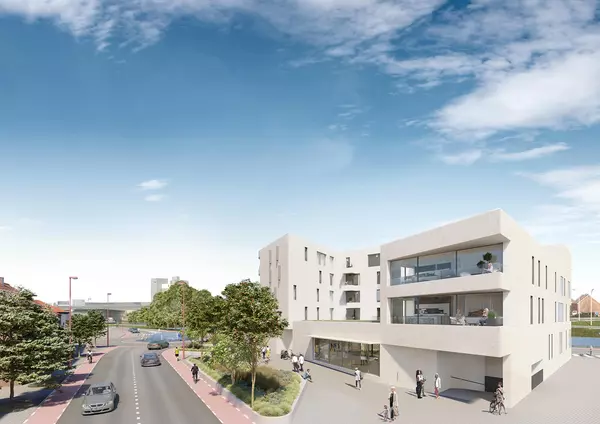blog article
Categories
Recent Posts

Going Green Saves Some Green — with Nicolas Milo of KW Property Management

8 Best Beaches in Naples Florida for Every Traveler

Dog-Friendly Naples: Beaches, Parks, & Other Places to Bring Your Dog

Year End Audit Rules Changed for 2025

A Guide to Common Backyard Birds in Florida

13 Unique Festivals and Southwest Florida Events To Plan Your Trip

8 Great Museums in Naples Florida to Discover the Local History

50 Things to Do in Southwest Florida: The Ultimate Bucket List

Owner Claims “Harassment” From Board Member

Have Your Covenants and Restrictions Expired? It Is Time to Revitalize

